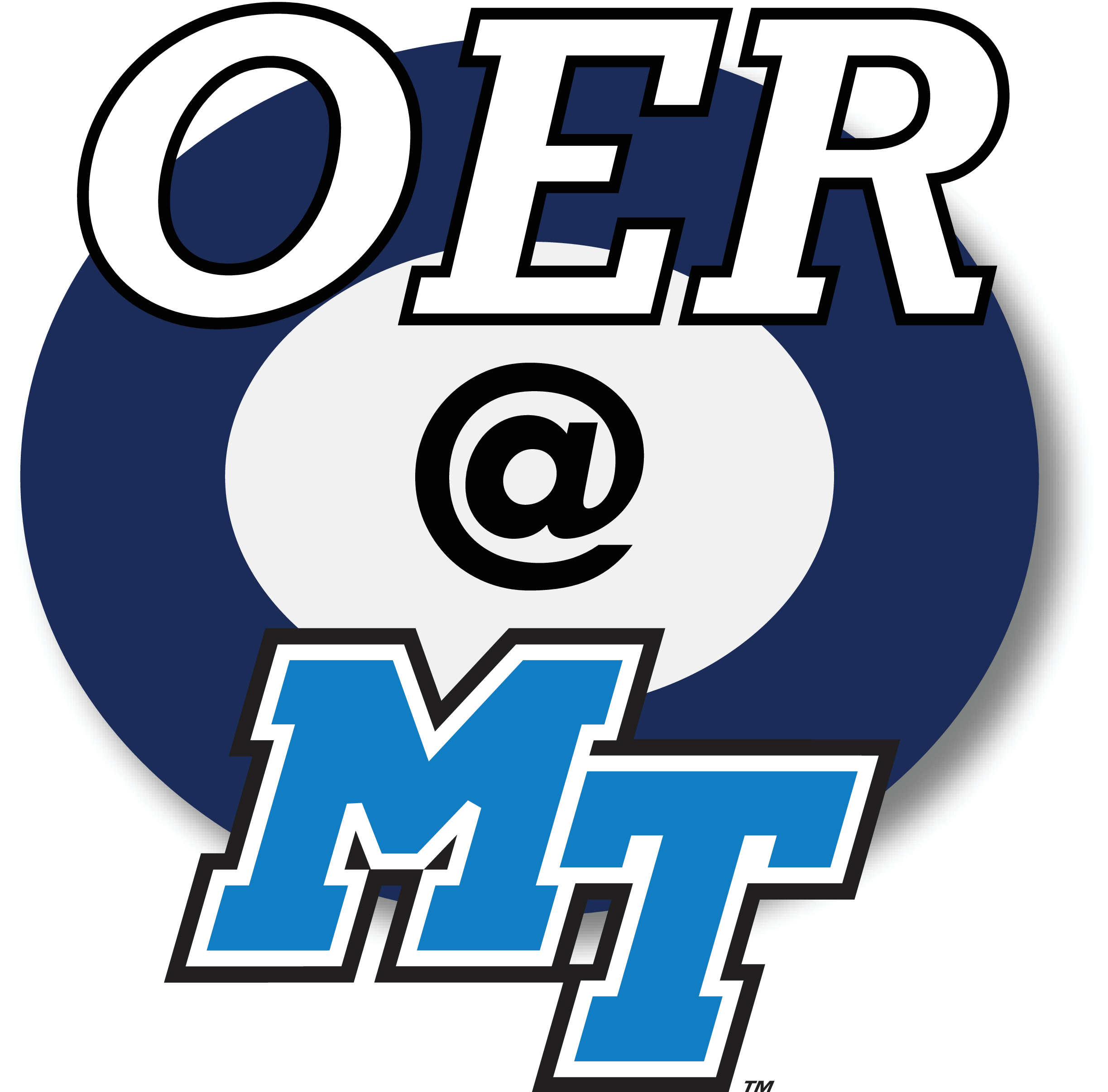Working with Sources
What makes a good source—and how do you use it?
This section explores what it means to work thoughtfully, ethically, and rhetorically with research materials. These chapters cover everything from finding reliable sources to integrating them into your writing with clarity and purpose. Along the way, you’ll learn how to ask better questions, organize your research, and understand the role of sources in building strong, credible arguments. Whether you’re conducting original research or joining an existing scholarly conversation, these chapters will help you move from information gathering to intentional engagement.
We begin with Making Research Ethical by Jennifer Clary-Lemon, Derek Mueller, and Kate L. Pantelides. In this chapter, an excerpt from their textbook Try This: Research Methods for Writers, the authors discuss what makes a source reliable, examines the subjectivities researchers bring to their projects, and offers strategies for effectively evaluating authors and texts. They also draw attention to ethical citation practices and provide guidance on research involving human participants. In Using Sources Ethically, Yvonne Bruce further emphasizes the importance of integrity in academic work. Bruce outlines best practices for avoiding plagiarism, accurately representing source material, and understanding the ethical implications of source integration. By adhering to these principles, writers can maintain credibility and uphold the standards of scholarly communication.
The next few chapters focus on Information Literacy, and specifically, how to identify types of sources and select the most relevant ones for a given project. In Categorizing Types of Sources: Primary, Secondary, Tertiary, Melanie Gagich and Emilie Zickel clarify the distinctions between various source types. Understanding these categories is crucial for selecting appropriate evidence and constructing a solid research foundation. The authors provide clear definitions and examples to guide you in identifying and utilizing different kinds of sources effectively. In the next chapter, Emilie Zickel helps writers identify these sources, offering practical advice on navigating academic databases in Basic Guidelines for Research in Academic Databases. She introduces strategies for developing effective search queries, refining search results, and accessing scholarly articles. By mastering these techniques, you can efficiently locate high-quality sources pertinent to your research topics. Using Effective Keywords in Your Research by Robin Jeffrey builds upon database research skills by focusing on the selection of impactful keywords. This chapter provides insights into how to choose and combine keywords to yield the most relevant search results, enhancing the efficiency and effectiveness of your research process.
The next couple chapters address source credibility, ensuring that writers identify types of evidence that will effectively support their research projects. In Source Credibility: How to Select the Best Sources, Cayla Buttram, David MacMillan III, and Leigh Thompson Stanfield offer guidance on evaluating and choosing sources that best support your arguments. This chapter emphasizes the importance of relevance, credibility, and diversity in source selection, ensuring that your research is comprehensive and well-rounded. Next, in Assessing Source Credibility for Crafting a Well-Informed Argument by Kate Warrington, Natasha Kovalyova, and Cindy King delves deeper into evaluating the trustworthiness of sources. This chapter provides criteria and methods for critically assessing the reliability and bias of information, enabling you to build arguments based on credible and authoritative evidence.
The last set of chapters in this section addresses how to organize sources and integrate them effectively within text. First, Jennifer Clary-Lemon, Derek Mueller, and Kate Pantelides return with Worknets and Invention, introducing innovative strategies for organizing research conversations and connecting ideas during the research process. This chapter helps you visualize the relationships between concepts and sources, understand scholarly dialogue, and ultimately develop more nuanced arguments. The process of creating a Worknets essay “explodes” a source, highlighting the context, position, and resources behind scholarly sources. This project functions well as a potential alternative to a traditional Annotated Bibliography. Keeping Track of Your Sources and Writing an Annotated Bibliography by Melanie Gagich and Emilie Zickel includes information on annotated bibliography components and tips for keeping track of the sources you find through research. In Conducting Your Own Primary Research, Melanie Gagich guides you through the process of designing and implementing original research. This chapter covers primary research methods such as surveys, interviews, and observations, providing a foundation for gathering and analyzing your own data to complement secondary sources. Kyle Stedman describes poor decisions that academic writers can make when incorporating outside sources into their texts in Annoying Ways People Use Sources. By highlighting common mistakes, Stedman offers practical advice on how to integrate sources smoothly and effectively, enhancing the readability and professionalism of your writing. Finally, in Synthesis and Literature Reviews, Melanie Gagich and Emilie Zickel discuss what a literature review is and provides tips for organizing one. This chapter emphasizes the importance of synthesizing information from multiple sources to identify trends, gaps, and relationships in existing research, laying the groundwork for your own contributions to the field.

